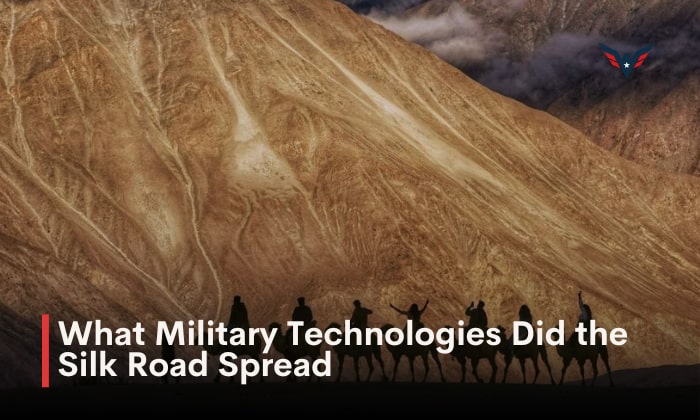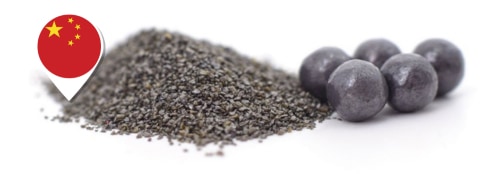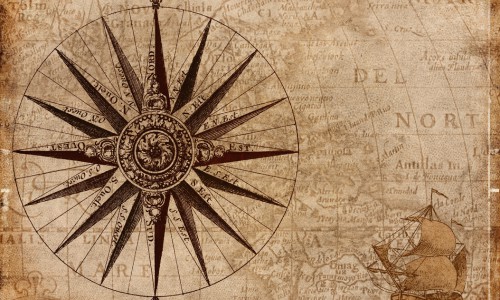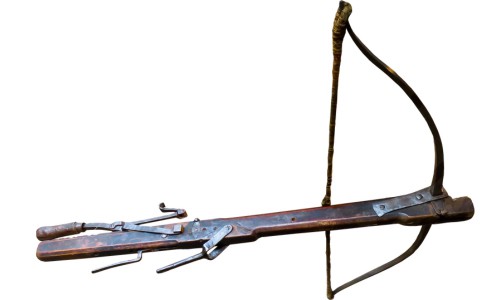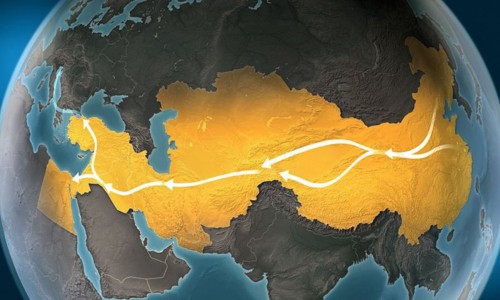The Silk Road holds a rich history of cultural and economic exchange. But beyond that, it also served as a conduit for the spread of military technologies.
Military technological advancements like gunpowder, the compass, stirrups, and crossbows played a significant role in shaping ancient warfare and had far-reaching implications for the civilizations that thrived along this historic trade route.
In this blog post, we will answer, “What military technologies did the silk road spread?” and explore the profound influence they had on warfare.
Table of Contents
What Military Technology Was Traded on the Silk Road
Now, let’s go over the technological innovations that become widespread via the Silk Road trade routes. By reading through this military critical technologies list, you’ll see how much contribution China has made to warfare as a whole.
1. Gunpowder
Gunpowder was one of the most important military inventions made by China during the 9th century. The exact origin is unclear, but Chinese alchemists discovered the explosive properties of a mixture containing sulfur, charcoal, and potassium nitrate.
The Chinese quickly realized the potential of gunpowder as a weapon. They developed various gunpowder-based ancient military technologies, including fire arrows, fire lances, and primitive flamethrowers.
Through the Silk Road, knowledge of gunpowder and its military applications gradually spread westward. Gunpowder eventually made its way to Europe, likely through trade contacts with the Islamic world and the Mongol Empire.
By the late 14th century, Europeans began recognizing the military potential of gunpowder. The development of cannons, arms and armor, and explosive projectiles revolutionized warfare.
2. Compass
The compass was invented in ancient China during the Han Dynasty (2nd century BCE). It was initially developed as a divination tool, using a magnetized spoon or a lodestone to align with the Earth’s magnetic field.
Chinese sailors quickly recognized the practical applications of the compass in navigation. By the 11th century, compasses became essential tools for maritime navigation among Chinese seafarers.
Through trade and cultural exchange along the Silk Road, knowledge of the compass gradually spread to Central Asia and eventually Europe. Afterward, the compass was widely used in military expeditions, allowing armies and explorers to navigate and plan campaigns with greater precision.
3. Stirrups
Stirrups were invented in Central Asia around the 4th to 5th centuries CE. They allowed horse riders to sit more securely, enabling them to effectively wield weapons such as bows and lances while mounted.
Through the Silk Road, stirrups spread to the Islamic world and Europe. Armies quickly recognized their benefits and incorporated them into their military tactics.
In European cavalry forces, mounted soldiers had greater stability thanks to stirrups. They were able to deliver powerful charges, engage in hand-to-hand combat, and maintain control over their horses during battle.
4. Crossbows
Although there’s no information on when the crossbows were invented, the earliest archaeological evidence was dated back to 650 BC China. As such, historians pinpointed that the weapons were likely developed during the Zhou Dynasty.
What makes the crossbows stand out is that they are easier to draw—at least compared to earlier types of bows. Plus, they allowed crossbowmen to fire with greater precision and power.
This military equipment likely spread to Rome due to the encounters between Roman legionaries and Han troops on the Silk Road transportation. That said, crossbows were popular in the Middle East and Europe as well.
Influence of the Silk Road on Military Advancements
Although the Silk Road didn’t serve as a primary means of spreading military technologies, it did have some profound impact on warfare as a whole.
1. Technology Transfer
The Silk Road facilitated the transmission of military technologies, such as gunpowder, across different regions. This cross-cultural transfer of military technologies spurred innovation and the development of more sophisticated military equipment and tactics.
2. Cultural Exchange and Warfare Adaptation
As military forces encountered new adversaries and absorbed foreign influences, they adapted their warfare techniques accordingly. This led to the evolution and hybridization of military tactics, strategies, and organizational structures.
3. Mercenary Recruitment and Military Alliances
The Silk Road enabled the recruitment of mercenaries and the formation of military alliances. Powerful empires and local rulers sought skilled fighters and mercenaries from different regions to strengthen their armies.
These military alliances and the integration of diverse fighting forces contributed to the development and cross-pollination of military strategies.
4. Intelligence Gathering and Espionage
The Silk Road also facilitated intelligence gathering and espionage activities. Traders, diplomats, and travelers along the Silk Road served as conduits for gathering information about rival states, their military capabilities, and strategic vulnerabilities. This influenced military decision-making and provided valuable insights for military planners.
Conclusion
To recap this blog post on “What military technologies did the silk road spread?” the Silk Road served as a vital conduit for the spread of military technologies across the diverse civilizations connected by this ancient trade route.
Gunpowder, the compass, stirrups, and crossbows are the many ancient warfare advancements that spread along the Silk Road. They all had profound effects on military strategies and the recognition of the importance of technology in warfare.

I am Everett Bledsoe, taking on the responsibility of content producer for The Soldiers Project. My purpose in this project is to give honest reviews on the gear utilized and tested over time. Of course, you cannot go wrong when checking out our package of information and guide, too, as they come from reliable sources and years of experience.

